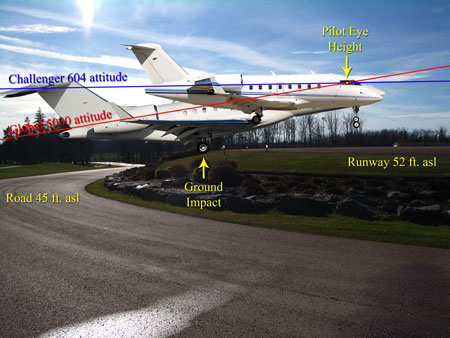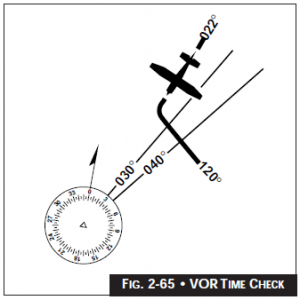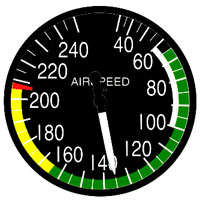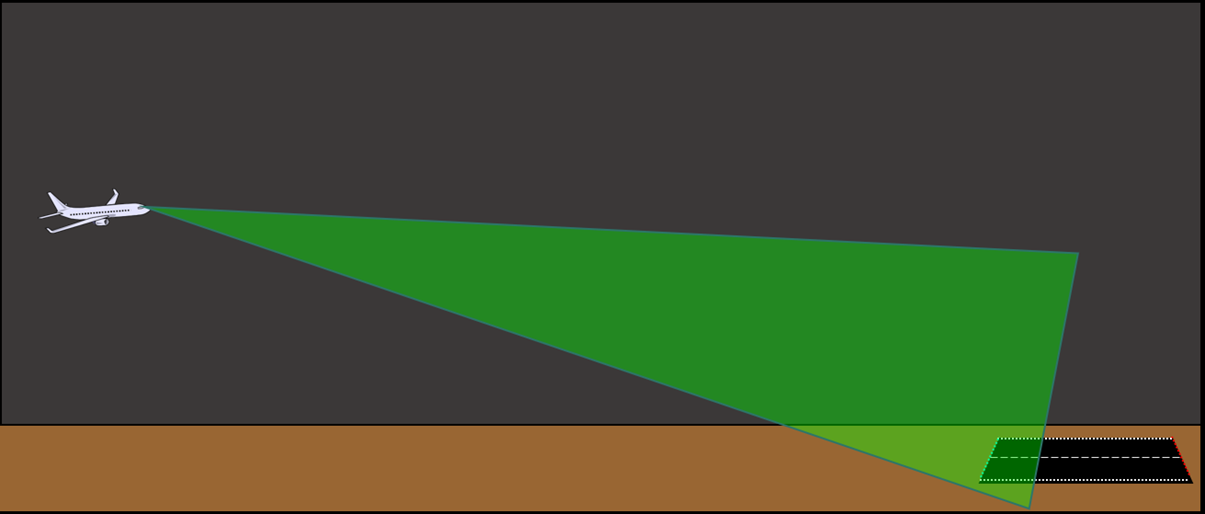Canada has some unique rules when it comes to instrument flight rules compared to the rest of the world. The reason for these rules was
Category: Instruments

I remember one time, during my training with an instructor, that I was landing at an airport. The instructor told me to ignore the VASI

I was perusing the Transport Canada Instrument Procedures Manual today and noticed a rather interesting exercise: It’s called the VOR Time Check and allows you

I am going to illustrate how to intercept a NDB track using MS Flight Simulator 2004 in a perfect world (no wind to worry about).

There are three ways of calculating your airspeed. Each one needs to be used in certain situations. It’s important to know when to use which
